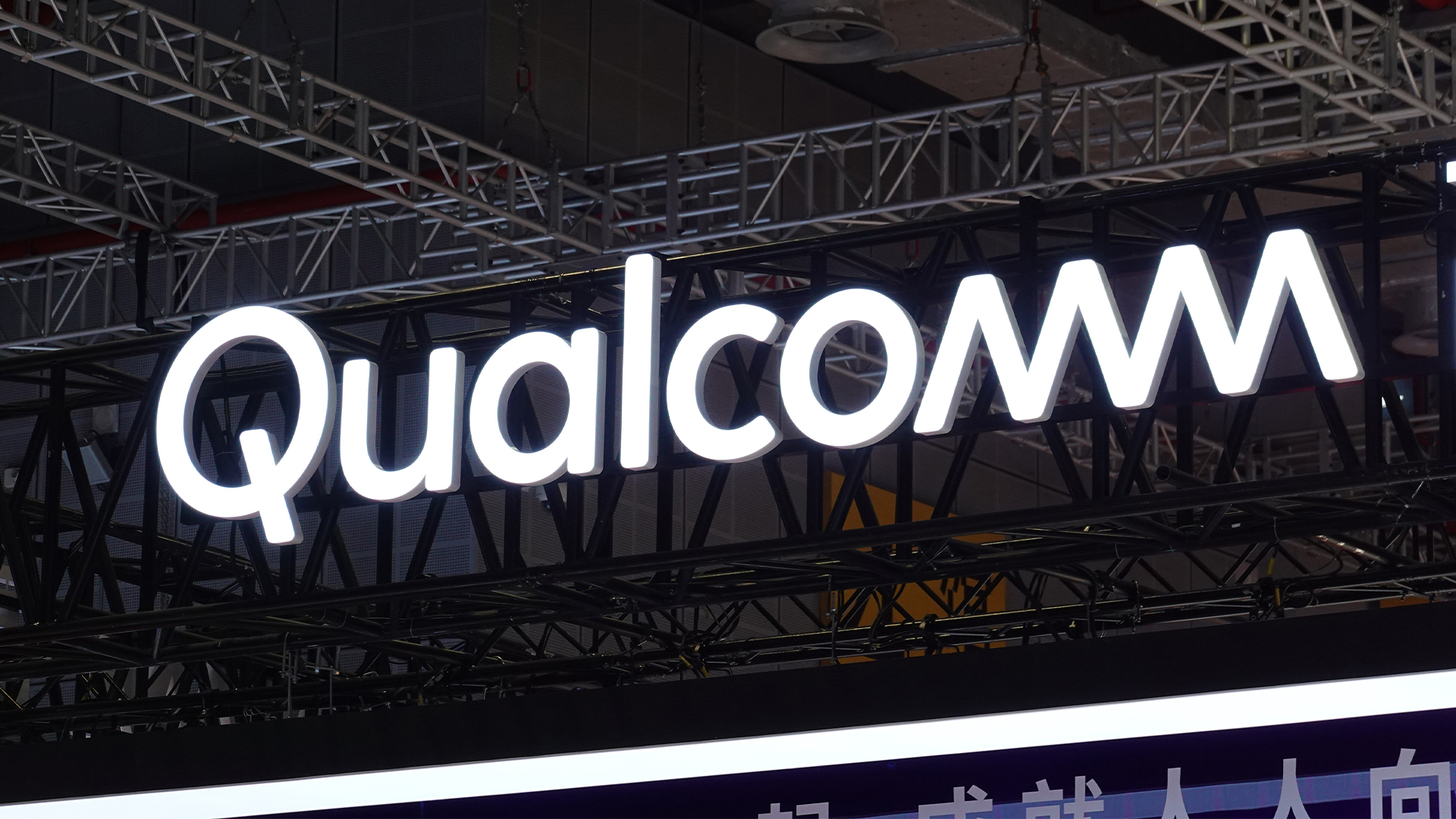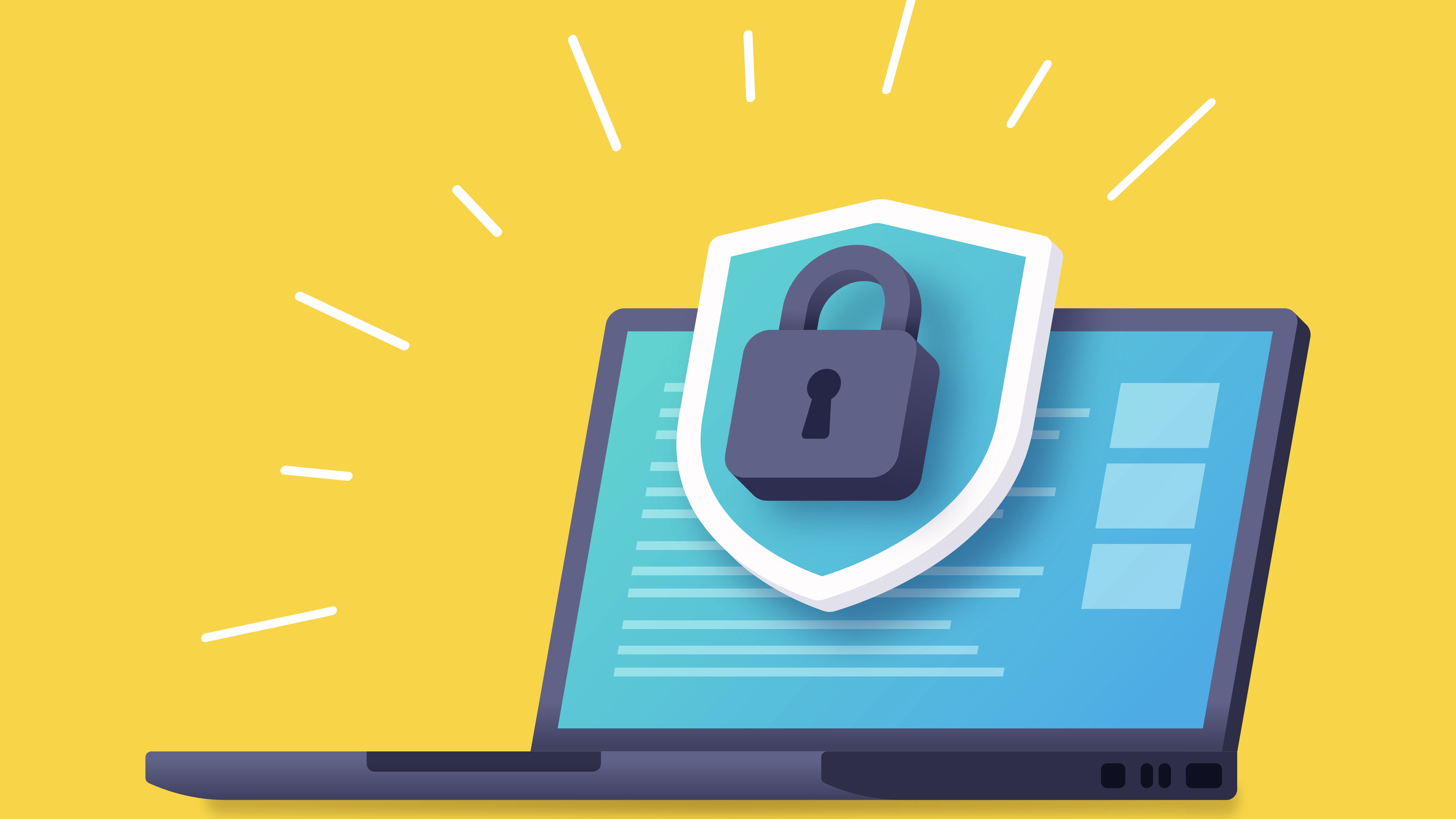SolarWinds hackers accessed Microsoft source code
The firm doesn't consider this as an elevation of risk due to its open source development best practices


The cyber criminals that compromised SolarWinds in a sophisticated supply chain cyber attack broke into Microsoft and accessed the company’s source code as the list of confirmed victims expands beyond 250.
Microsoft confirmed that the attackers, linked by US authorities to the Russian state, accessed source code repositories as part of the attack, but didn’t alter the codebase at the heart of the firm’s core products and services. They did so through an internal account that had permissions to view, but not edit, these repositories.
The company has suggested, however, that viewing access to source code isn’t tied to an elevation of risk due to the firm’s use of open source development best practices, which allows source code to be viewable by employees.
The scariest security horror stories of 2020 The top 12 password-cracking techniques used by hackers SolarWinds falls victim to "highly sophisticated" cyber attack
It was previously reported by Reuters that the hackers had compromised Microsoft as part of its efforts to load SolarWinds’ Orion security platform with malware, although the company denied that its own software was, in turn, used to attack others.
This is despite a Securities and Exchange Commission (SEC) filing revealing that Microsoft Office 365 accounts of SolarWinds employees were broken into. SolarWinds suggested, according to this document, that it was aware of an attack vector used to compromise the company’s emails, with this intrusion also granting attackers access to other data contained in its Microsoft-developed productivity suite.
The news comes as the list of confirmed victims of the gigantic hack continues to expand, with more than 250 US government agencies and businesses having been compromised, according to the New York Times.
Although hackers effectively gained access to the networks of 18,000 SolarWinds public sector and business customers when they compromised the Orion security platform, probes were thought to have been sent to only a few dozen. This figure of 250, which the publication ascertained through multiple interviews, represents a much broader pool of potential victims.
Sign up today and you will receive a free copy of our Future Focus 2025 report - the leading guidance on AI, cybersecurity and other IT challenges as per 700+ senior executives
The monster hack first emerged last month after FireEye disclosed that it had been compromised by foreign hackers, who made off with advanced penetration tools. Only afterwards did the US Cybersecurity and Infrastructure Security Agency (CISA), as well as Microsoft, warn of a supply chain attack involving SolarWinds.
In the immediate aftermath of the revelations, Microsoft went so far as to block its customers from accessing malicious SolarWinds binaries for the compromised Orion platform. The company had previously released detections alerting users to the presence of these binaries, with a recommendation to isolate and investigate flagged devices.

Keumars Afifi-Sabet is a writer and editor that specialises in public sector, cyber security, and cloud computing. He first joined ITPro as a staff writer in April 2018 and eventually became its Features Editor. Although a regular contributor to other tech sites in the past, these days you will find Keumars on LiveScience, where he runs its Technology section.
-
 ‘The worst thing an employee could do’: Workers are covering up cyber attacks for fear of reprisal – here’s why that’s a huge problem
‘The worst thing an employee could do’: Workers are covering up cyber attacks for fear of reprisal – here’s why that’s a huge problemNews More than one-third of office workers say they wouldn’t tell their cybersecurity team if they thought they had been the victim of a cyber attack.
-
 "Thinly spread": Questions raised over UK government’s latest cyber funding scheme
"Thinly spread": Questions raised over UK government’s latest cyber funding schemeThe funding will go towards bolstering cyber skills, though some industry experts have questioned the size of the price tag
-
 Modern enterprise cybersecurity
Modern enterprise cybersecuritywhitepaper Cultivating resilience with reduced detection and response times
-
 IDC InfoBrief: How CIOs can achieve the promised benefits of sustainability
IDC InfoBrief: How CIOs can achieve the promised benefits of sustainabilitywhitepaper CIOs are facing two conflicting strategic imperatives
-
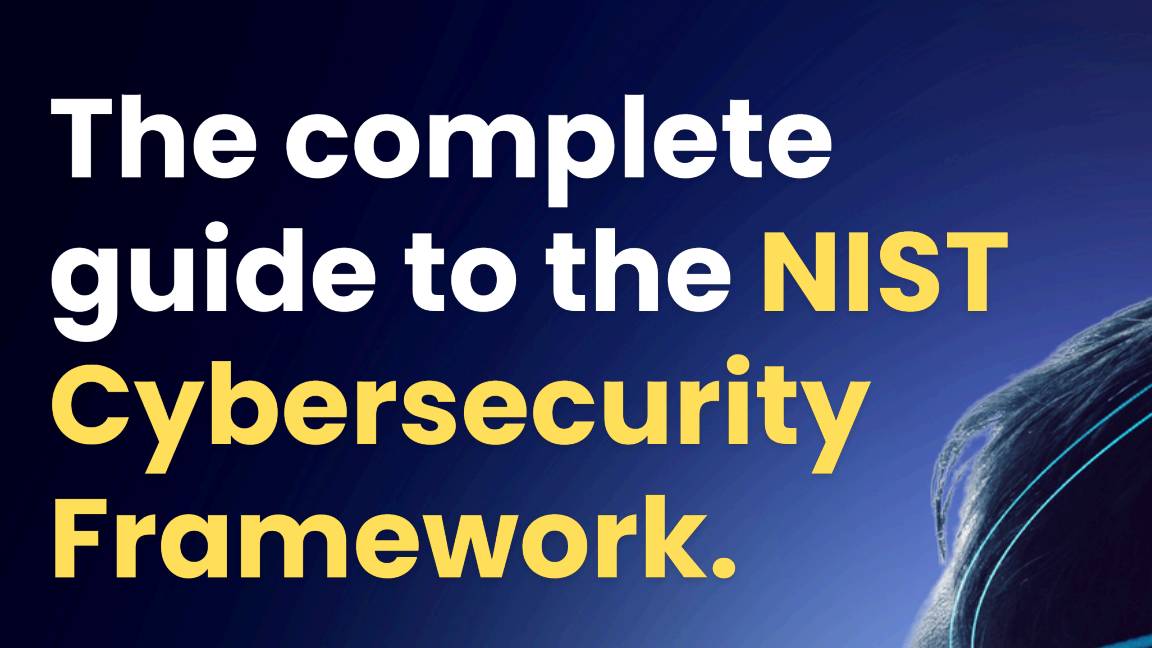 The complete guide to the NIST cybersecurity framework
The complete guide to the NIST cybersecurity frameworkWhitepaper Find out how the NIST Cybersecurity framework is evolving
-
 Are you prepared for the next attack? The state of application security in 2024
Are you prepared for the next attack? The state of application security in 2024Webinar Aligning to NIS2 cybersecurity risk-management obligations in the EU
-
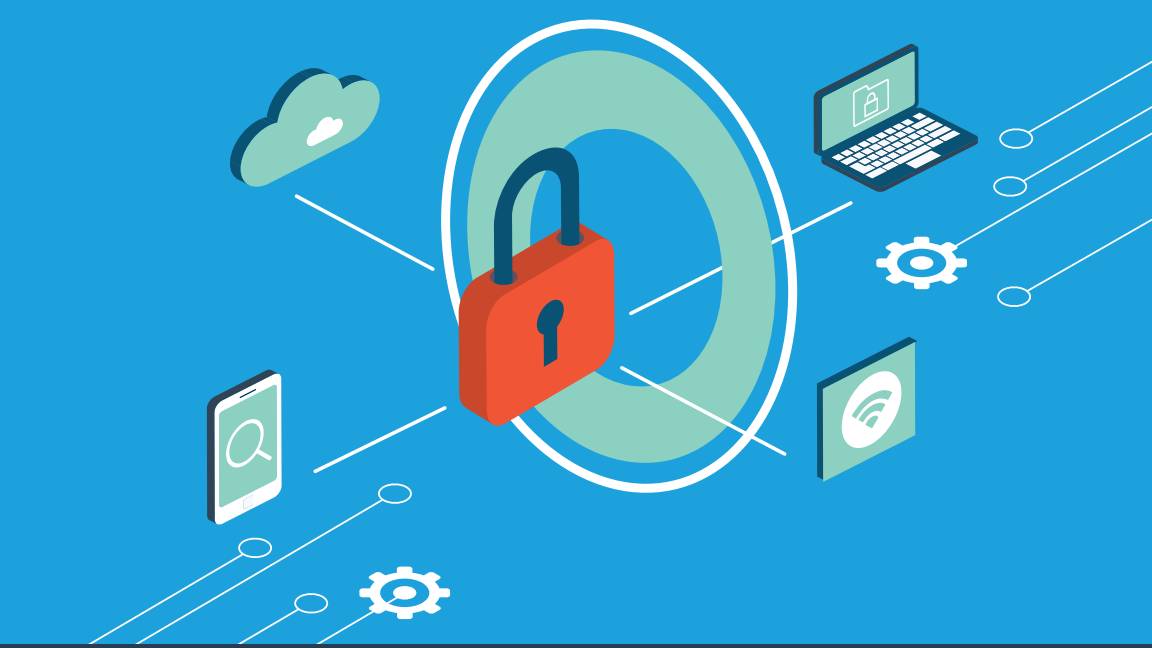 The economics of penetration testing for web application security
The economics of penetration testing for web application securitywhitepaper Get the most value from your security solution
-
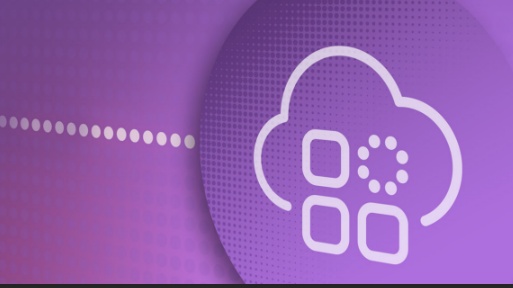 How to extend zero trust to your cloud workloads
How to extend zero trust to your cloud workloadsWhitepaper Implement zero trust-based security across your entire ecosystem
